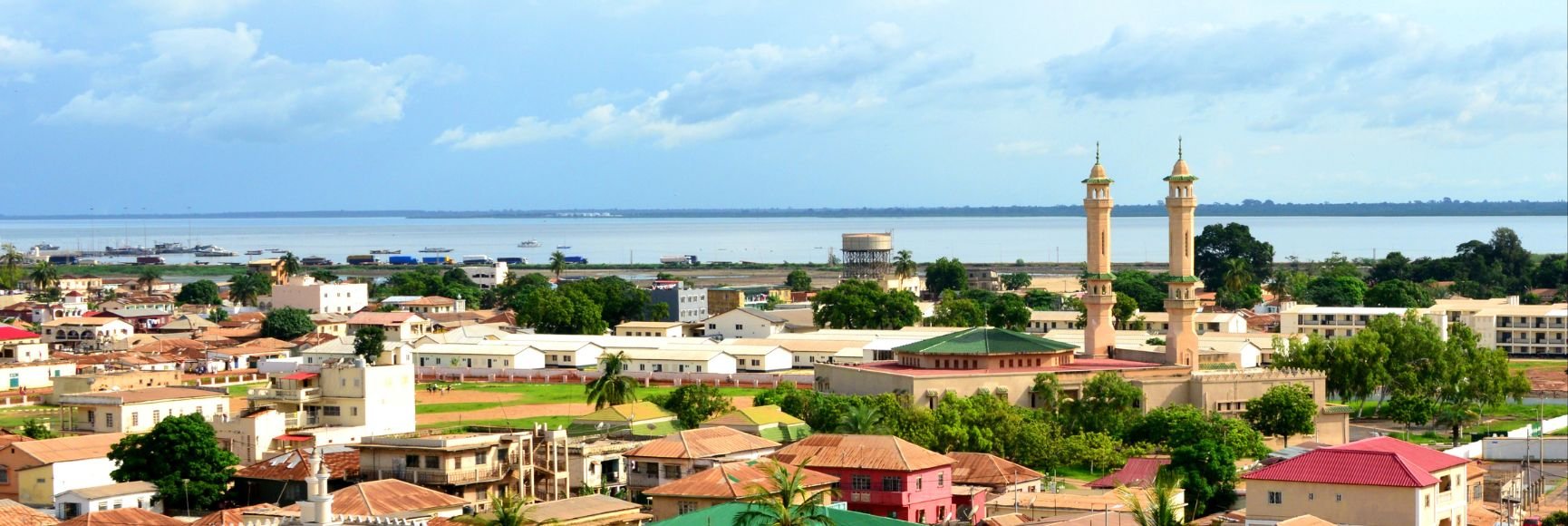When The Gambia undertook its first Public Investment Management Assessment (PIMA) in 2019, the goal was to identify gaps in how the country planned, selected, and delivered infrastructure. The recommendations from that assessment laid the groundwork for a wide range of institutional reforms—laws, regulations, and new coordination mechanisms—that have since been adopted. Five years later, the government invited the IMF to return, not only to review progress but also to apply the Climate-PIMA (C-PIMA) framework. The result is one of the first full PIMA updates using the 2018 framework and climate module.
The assessment, funded by the Government of Japan, shows how far The Gambia has come in institutional design—but also how difficult it can be to convert that design into operational effectiveness, especially when other enabling systems, such as IT platforms, break down.
Progress on Institutional Design Is Clear…
The updated 2024 PIMA finds that several foundational reforms have been implemented. A Strategic Review Board (GSRB) has been established to coordinate project selection. An Asset Management Policy is guiding efforts to develop a national asset register. Two major laws—the State-Owned Enterprise (SOE) Act and the 2022 Public Procurement Authority Act—are now in force. These reforms reflect direct uptake of 2019 PIMA recommendations and signal strong policy commitment to improving investment governance.
There have also been technical improvements, such as a new budget classification that distinguishes between capital maintenance and new investment, and expanded use of sectoral planning frameworks.
…But Effectiveness Lags Behind
Institutional effectiveness has not kept pace. Appraisals often bypass the standard methodology, and there is no unified pipeline of appraised projects. Selection processes remain fragmented, with donor-driven priorities sometimes bypassing formal review. The Aid Management Platform, once a central tool for tracking externally financed projects, is no longer operational. And there is no functioning IT system for managing project information.
This gap between form and function reflects broader implementation constraints: insufficient capacity, weak enforcement, and a lack of clear mandates. Without a central team responsible for public investment management and without a system to track projects from appraisal through to completion, even well-designed frameworks struggle to produce results.
Climate Considerations Are Entering the Picture—Slowly
The C-PIMA reveals significant gaps in how climate risks are integrated into public investment. Despite The Gambia’s high vulnerability—particularly to sea level rise—climate-related criteria are not consistently used in planning, appraisal, or budgeting. Land-use and construction regulations remain outdated. Climate-related spending is not readily identifiable on the budget.
Still, early steps are being taken. A National Adaptation Plan is in development. A new land policy, incorporating climate considerations, is expected to be finalized in 2025. Guidelines for environmental and social impact assessments are being updated, and there are efforts to use geospatial data to map asset exposure to climate risks.
These measures show that climate concerns are beginning to influence investment policy—but their operational impact remains limited.
The Gambia Is Taking Action
Following the 2024 PIMA and C-PIMA, the government has begun to implement key recommendations with ongoing support from the Fiscal Affairs Department at the IMF. The Ministry of Finance and Economic Affairs is strengthening core functions, particularly within the Directorates of Development Planning, Aid Coordination, Budget, Public-Private Partnerships, and Public Financial Management. Efforts are underway to operationalize a dedicated Public Investment Management Unit within the Directorate of Aid Coordination. Project appraisal templates and guidelines are being updated so that they explicitly integrate climate considerations across government- and donor-funded projects.
In parallel, through the World Bank–financed Public Administration and Modernization Project (PAMP), the ministry is developing a comprehensive Public Investment Program and a Public Investment Management System. These tools will help address current gaps in project tracking and improve the prioritization of public investment spending.
Why a Second PIMA—with the Climate Module—is Useful
The Gambia’s experience underscores the value of repeating PIMA assessments. The 2019 recommendations helped shape legal and institutional reforms that are now in place. The 2024 update shows which of those reforms are beginning to take hold—and which ones are still stalled in the transition from framework to function.
The inclusion of the climate module brings additional value by highlighting where public investment systems are not yet responding to climate risks. This is particularly relevant for countries like The Gambia, where exposure is high but capacity is constrained.
Improving public investment takes time. But targeted reforms, supported by continued assessment and follow-through, can increase the efficiency and resilience of spending over time. The Gambia’s PIMA update offers an example of how governments can use the assessment process to take stock, recalibrate, and plan what comes next.




